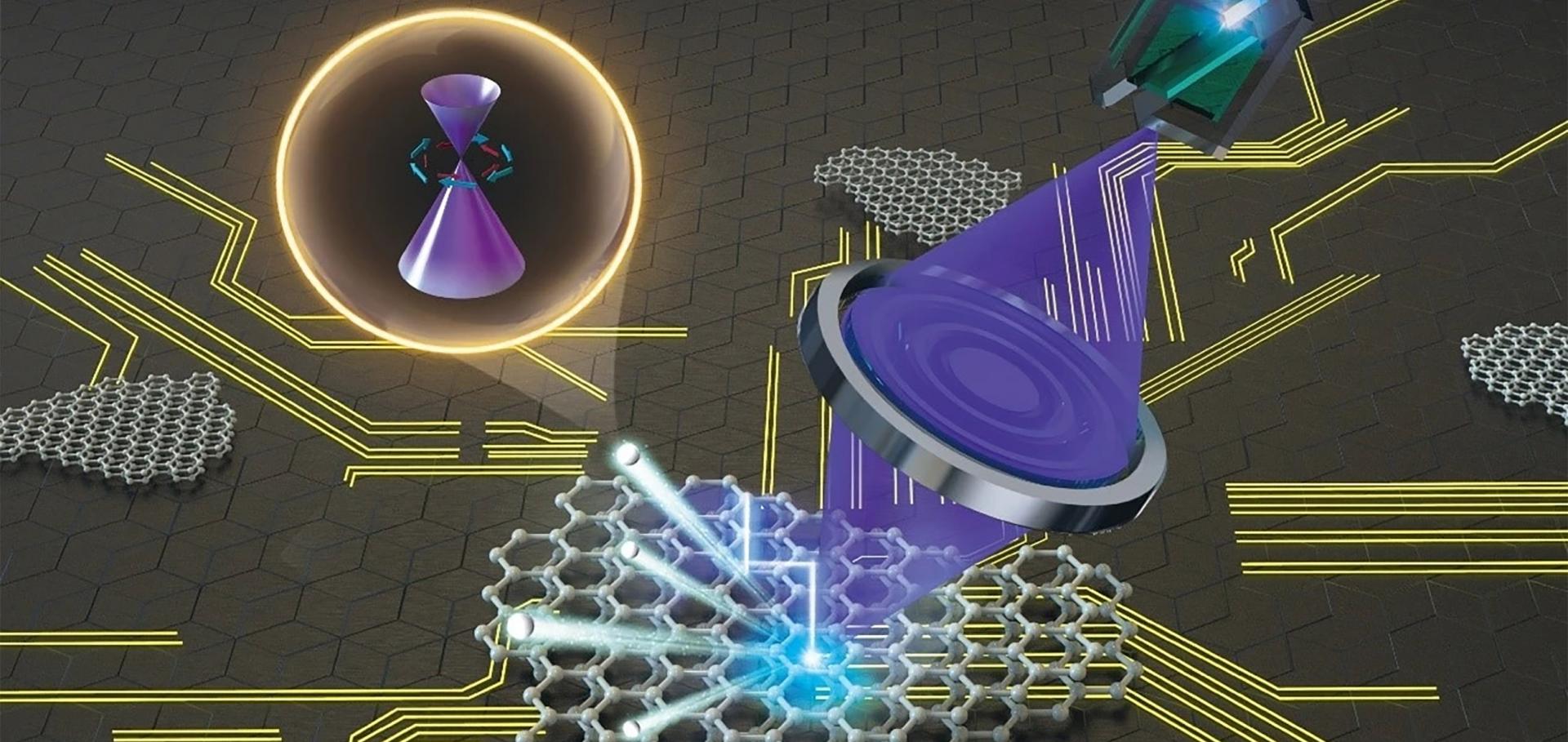Correction to: Measurement of the electronic structure of a type-II topological Dirac semimetal candidate VAl3 using angle-resolved photoelectron spectroscopy
Tungsten Springer Nature 5:4 (2023) 608-608
Pressure‐Induced Superconductivity and Topological Quantum Phase Transitions in the Topological Semimetal ZrTe2
Advanced Science Wiley 10:35 (2023) 2301332
Anomalous excitonic phase diagram in band-gap-tuned Ta2Ni(Se,S)5
Nature Communications Springer Nature 14:1 (2023) 7512
Wafer‐scale epitaxial growth of the thickness‐controllable van der Waals ferromagnet CrTe2 for reliable magnetic memory applications
Advanced Functional Materials Wiley 33:50 (2023) 2304454
Abstract:
To harness the intriguing properties of 2D van der Waals (vdW) ferromagnets (FMs) for versatile applications, the key challenge lies in the reliable material synthesis for scalable device production. Here, the epitaxial growth of single-crystalline 1T-CrTe2 thin films on 2-inch sapphire substrates are demonstrated. Benefiting from the uniform surface energy of the dangling bond-free Al2O3(0001) surface, the layer-by-layer vdW growth mode is observed right from the initial growth stage, which warrants precise control of the sample thickness beyond three monolayer and homogeneous surface morphology across the entire wafer. Moreover, the presence of the Coulomb interaction at the CrTe2/Al2O3 interface plays an important role in tailoring the anomalous Hall response, and the structural optimization of the CrTe2-based spin-orbit torque device leads to a substantial switching power reduction by 54%. The results may lay out a general framework for the design of energy-efficient spintronics based on configurable vdW FMs.Measurement of the electronic structure of a type-II topological Dirac semimetal candidate VAl3 using angle-resolved photoelectron spectroscopy
Tungsten Springer Nature 5:3 (2023) 332-338


